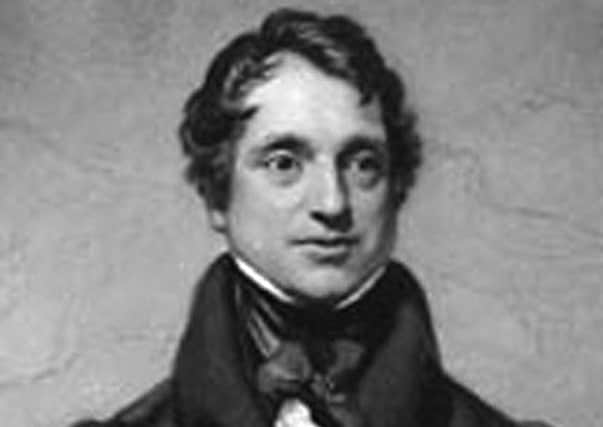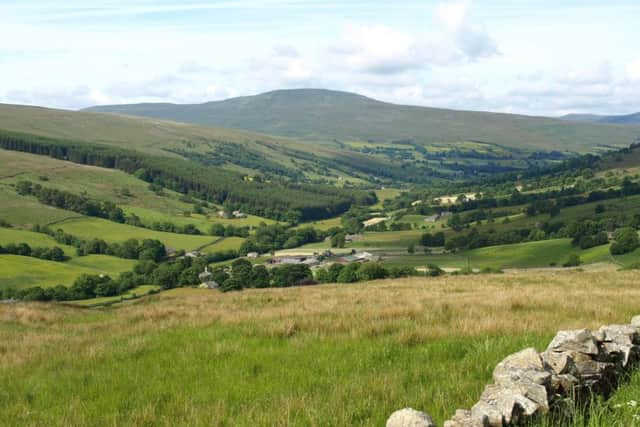Fascinating tale of Dales village's famous geologist retold


Cut into it is a bowl with a tap, and for a time this was Dent’s only source of drinking water. Known as the Sedgwick Memorial Fountain, on one side there is a gold-painted inscription of the words “Adam Sedgwick 1785-1873” although I suspect few visitors to this most picture-postcard of Dales villages have little idea who the man was to justify such an impressive tribute.
It took a team of eight horses to transport the stone into the market place, but nothing was too much trouble for devotees of Sedgwick, who grew up in Dent as third son of the local Anglican vicar, himself became a clergyman and was eventually a Cambridge professor credited with being the founding father of modern geology. Charles Darwin was one of his students.
Advertisement
Hide AdAdvertisement
Hide AdIn Cambridge, a museum and a geological society both bear his name, but in his native Yorkshire his achievements might have been forgotten had it not been for a fascinating biography of him, which has just been republished after many years as an out-of-print collector’s item.


The author is prolific Yorkshire outdoors writer Colin Speakman, who says Sedgwick had the good fortune to be a geologist during the first half of the 19th century, which is now seen as the heroic age of Geology.
“If for no other reason, his brilliant work unravelling the hitherto incomprehensible ancient rock systems, which were eventually to become known throughout the world as Devonian and Cambrian, would establish Sedgwick as a figure of considerable significance.”
These days it’s unlikely that many people in the Dales or elsewhere get excited about geological periods, but Sedgwick’s field trips to mid-Wales and North Devon helped us to understand how the Earth was formed. Almost like discovering a new species of wildlife, in 1839 he worked out rock systems which were laid down millions of years ago, beating parallel researchers in the United States by just a few months.
Advertisement
Hide AdAdvertisement
Hide AdDarwin joined him on a field trip to Wales, and corresponded during the Origin of Species author’s Beagle expedition. However, like a good clergyman, Sedgwick rejected his former student’s theory of evolution, and in a letter told Darwin: “I have read your book with more pain than pleasure.”


In an anonymous article in the Spectator, Sedgwick argued that Creation was a divine act.
One of several amusing anecdotes in Speakman’s splendid book is the story of a lady of some breeding coming across Sedgwick collecting specimens by a roadside in Wales. Thinking he was poor she took out her purse and gave him a shilling. Imagine her surprise the following evening when she went to dine at the house where he was staying.
Adam Sedgwick: Geologist and Dalesman, by Colin Speakman, Gritstone Publishing Co-operative, £12.